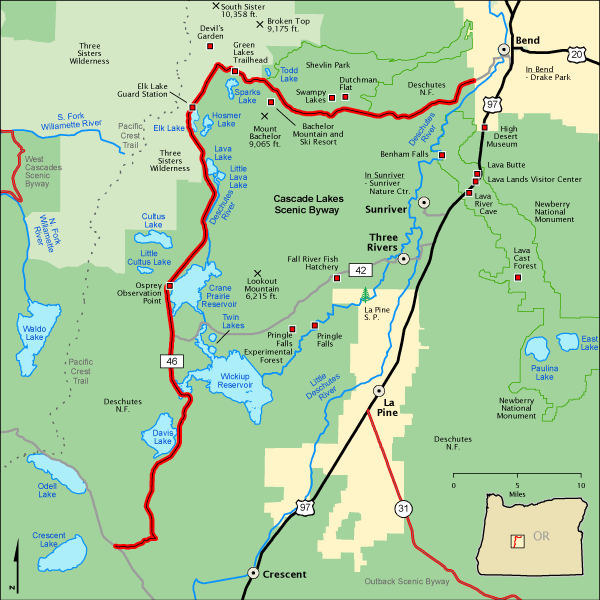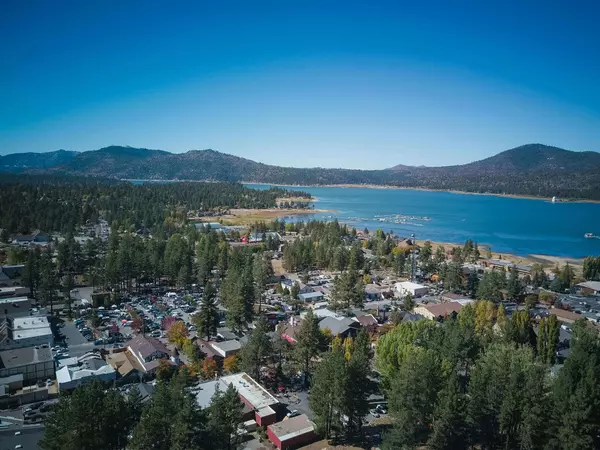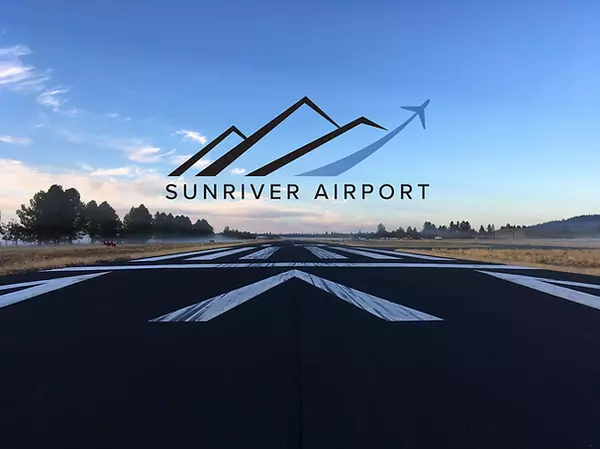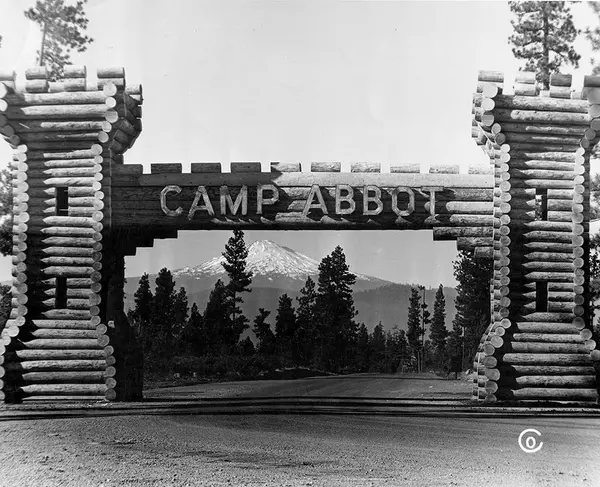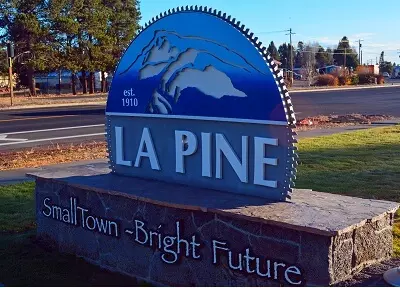From Military Post to Premier Resort: A Journey Through the History of Sunriver
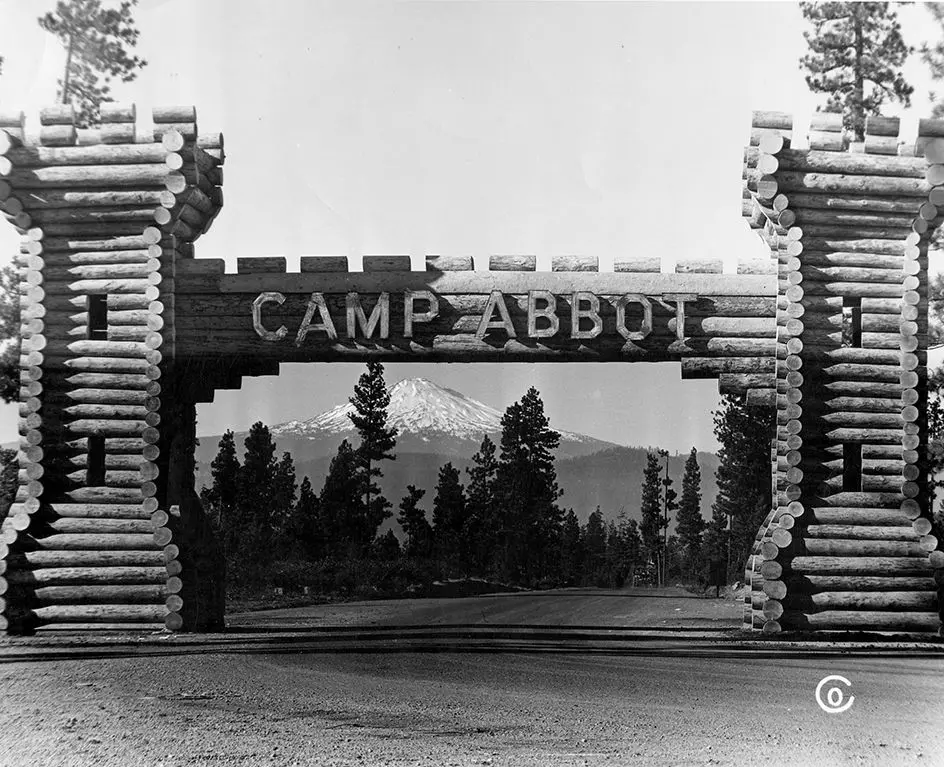
Sunriver, Oregon: a name synonymous today with breathtaking natural beauty, year-round recreation, and luxury resort living. But this idyllic destination in Central Oregon boasts a rich and fascinating history that stretches back long before the first golf ball was struck or the first vacation home was built. From its earliest known inhabitants to its pivotal role in World War II and its eventual transformation into a beloved resort community, Sunriver's story is one of resilience, vision, and a deep appreciation for the stunning landscape it occupies.
Ancient Roots and Pioneering Spirit
Long before European explorers and settlers arrived, the land that is now Sunriver was home to Native American tribes for thousands of years. Archaeological evidence, including artifacts found in the region, suggests a long history of human habitation, with indigenous peoples utilizing the rich resources of the forests, meadows, and the life-giving Deschutes River.
The 19th century saw the arrival of fur trappers and explorers, charting the then-wild terrain of Central Oregon. Explorer John C. Fremont is noted to have journeyed through this remote area in 1843. Following these early explorations, pioneer families began to settle in the region in the late 1800s, drawn by the promise of fertile land and new beginnings. These hardy individuals established ranches and small settlements, laying the groundwork for future development. The Vandevert family, for instance, were among the early homesteaders, with their ranch located just south of present-day Sunriver.
A Nation at War: The Era of Camp Abbot
The most dramatic chapter in Sunriver's mid-20th-century history began with the onset of World War II. In 1942, the U.S. government acquired 5,500 acres of land, including the area where Sunriver now stands, to establish Camp Abbot. This Army Corps of Engineers combat training facility was strategically chosen for its terrain, which mimicked conditions in Europe, providing an ideal training ground for combat engineers.
Construction of Camp Abbot commenced in late 1942, and it quickly grew into a self-contained city capable of housing up to 10,000 soldiers at a time. The camp featured roads, water and sewer facilities, barracks, and training grounds where soldiers underwent rigorous instruction in essential wartime skills like bridge building, demolition, and marksmanship. Remarkably, over 90,000 combat engineers were trained at Camp Abbot during its relatively short period of operation.
One of the most significant structures built during this time was the Officers' Club, a grand log building constructed with local timber and stone. This impressive hall served as a gathering place for officers stationed at the camp.
However, by June 1944, with the war effort evolving, Camp Abbot was decommissioned and largely dismantled. While most of its buildings were torn down, the magnificent Officers' Club was spared. Today, this historic structure is known as the Great Hall and stands as a proud reminder of Sunriver's wartime contributions, serving as a popular venue for events and gatherings within the Sunriver Resort.
A Vision for a Resort Community
Following the war, the former Camp Abbot land was divided, with a portion returning to the U.S. Forest Service and the remainder becoming available for private purchase. The land changed hands several times before Portland land developer John Gray and local attorney Donald V. McCallum acquired 5,500 acres in 1965.
Gray and McCallum shared a bold vision: to create a premier residential and resort community that harmonized with the stunning natural environment. They named their development "Sunriver," a nod to the area's abundant sunshine and the lifeblood of the Deschutes River. Their master plan prioritized preserving the natural beauty of the landscape while offering exceptional recreational opportunities.
The Birth and Growth of Sunriver Resort
The development of Sunriver began in earnest in the late 1960s. The first condominiums were constructed in 1968, coinciding with the completion of the Sunriver Lodge. In 1969, the master plan was finalized, and developers began selling residential lots. The Sunriver Post Office was also established that year, marking a significant step in the community's formation.
Key amenities quickly followed, including golf courses like the Meadows Golf Course, stables, and an airstrip. The iconic bike paths, now a hallmark of Sunriver, were also created, initially designed for electric golf carts as an alternative mode of transportation.
Over the ensuing decades, Sunriver continued to grow and evolve. While facing economic challenges at times, including a period in the 1970s when some of the land was sold back to the U.S. Forest Service, the community persevered. By 1979, the number of privately owned homes had doubled from its earlier figures.
In 1993, Sunriver Resort Limited Partnership purchased Sunriver Resort and embarked on a significant capital improvement campaign, further enhancing its facilities and amenities. This commitment to improvement and expansion has continued, with developments like the Crosswater community and Caldera Springs adding to Sunriver's appeal. The Village at Sunriver has also seen revitalization to better serve residents and visitors.
Sunriver Today: A Legacy Preserved, A Future Embraced
Today, Sunriver stands as a testament to the vision of its founders and the enduring appeal of its natural setting. It is a thriving residential community with over 1,800 full-time residents and a world-renowned vacation destination attracting visitors year-round. From its ancient beginnings and pioneer settlements to its crucial role as a WWII training camp and its transformation into a premier resort, Sunriver's history is deeply woven into the fabric of Central Oregon. As it continues to welcome new generations, Sunriver carries forward its legacy of appreciating the past while embracing the future.
Categories
Recent Posts


